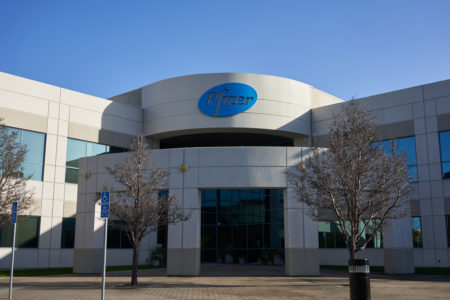
Share On Social!
Despite experiencing some of COVID-19’s worst impacts, Latinos struggle to get a vaccination — especially in Austin.
This comes at a time when many from communities of color are already uncertain in the first place. There are higher rates of Blacks and Latinos who report hesitancy about obtaining a COVID-19 vaccination, according to the COVID Collaborative.
This kind of information is exactly why those ethnic groups need to be prioritized in the vaccine rollout, according to the Austin Latino Coalition.
“Due to the historical discrimination that has often posed barriers to economic advancement, lack of access to health care, food and other systemic inequities that still exist today, Latinos, African-Americans, and low-income communities have borne the brunt of the COVID-19 pandemic,” the Coalition said in a recent statement.
The Fight for COVID-19 Vaccine Equity in Texas Capitol
In Austin, Latinos have extremely high rates of COVID-19.
Last May, for instance, illustrates this fact. Among those hospitalized due to COVID-19, 70% of that population were Latino as compared to only 28% of white residents, Travis Country reports. As of Jan. 5, 2021, Latinos comprise 46% of cases in Austin, where only 33.9% of residents are Latino, according to Austin Public Health.
This is one of the reasons there is already a lack of trust when it comes to anything—even a vaccine—among disadvantaged groups, according to Sernah Essien of Universities Allied for Essential Medicines.
“The people who need it the most are the same who don’t trust it,” Essien said told NBC news. “Without considering racial equity, we deepen the cracks that systemic racism has already created in our health care system.”
The Austin coalition is attempting to reach equitable distribution on a couple of different fronts. 
First, they are partnering with the city’s COVID Vaccine Distribution Task Force to ensure that the communities who need it most are made a priority.
They are also working with other governmental offices, such as the Austin Department of Health and the Texas Department of State Health Services. While there is not enough data to show the labors of their fruit yet, these steps will ensure movement, according to public health advocates.
They say that only action will show that America has made progress since its darker eras.
“Minority and low-income communities reside in geographical and zip code areas within Austin, Travis County, where few COVID vaccine providers are located,” the Austin Latino Coalition said. “And it appears that we are perpetuating the history of inequities, classism, racism, and barriers as we experienced when our communities were trying to access COVID testing in Austin, Travis County.”
What You Can Do to Push for COVID-19 Vaccine Equity
A COVID-19 vaccine can help save lives and maybe the only way we can return to normal life.
For that to happen, public health officials must work to promote the safety and efficacy of an eventual vaccine in a specific way to communities of color.
For Latino communities, that means uplifting Latino community leaders and demonstrating cultural humility.
“Crucially, to gain the trust of many different groups in the U.S., public health messengers must also demonstrate not just cultural awareness, but ‘cultural humility.’ Even well-intended programs sometimes miss the mark,” said Dr. Eliseo J. Pérez-Stable of the National Institute on Minority Health and Health Disparities. This is why public health guidance must come from “messengers who live, work, and worship in the same communities.” 
Also, you can take a personal step to ensure the safety of our communities.
See and share our Salud America! “Juntos, We Can Stop COVID-19” digital communication campaign in English or Spanish to help Latino families and workers take action to slow the spread of coronavirus, including getting the vaccine when available.
The #JuntosStopCovid campaign features culturally relevant fact sheets, infographics, and video role model stories to encourage Latinos to change their public health behaviors.
By The Numbers
142
Percent
Expected rise in Latino cancer cases in coming years



